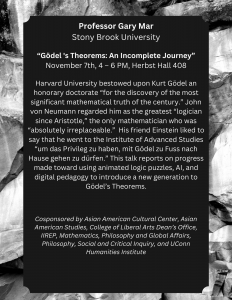WooJin Chung, Seoul National
Suppose that Adam is a risk-taker—in general a highly successful one—and Bill prefers to play it safe. You believe that the organization is highly likely to thrive under Adam’s leadership, though there is still a small chance his investment could fail. On the other hand, Bill’s risk-averse strategy will allow the organization to profit to some degree, but it won’t be nearly as successful as in Adam’s best-case—and most likely—scenario. Yet the organization will fare better than Adam’s worst-case—and fairly unlikely—scenario. The following example sounds true in this context:
(1) If Adam takes the lead, the organization will be more successful than (it will be) if Bill takes the lead.
In this talk, I point out that the truth conditions of (1) do not align with the prediction of the standard quantificational view of conditionals (Kratzer 2012), coupled with extant theories on the interaction between comparatives and quantifiers (Schwarzschild & Wilkinson 2002, Heim 2006, Schwarzschild 2008, Beck 2010, among many others). I suggest that a working solution can be developed by dropping the assumption that conditionals are quantifiers over possible worlds.
